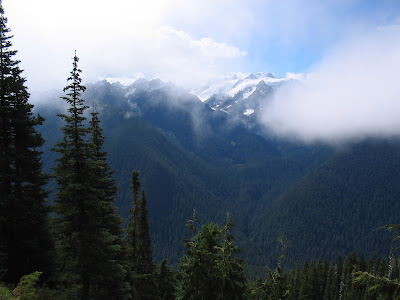
The high desert was 70 degrees on the last day of May. With the sun shining, that feels hot.

We thought the prickly pear blooms would be out en masse, but we saw only one. The pink blossom was so full of tiny insects, it writhed like a creature from a science fiction film!
Other plants were blooming, too. (I'll give you my best semi-educated guesses on the names.)

We thought the prickly pear blooms would be out en masse, but we saw only one. The pink blossom was so full of tiny insects, it writhed like a creature from a science fiction film!
Other plants were blooming, too. (I'll give you my best semi-educated guesses on the names.)
western peppergrass,
and cushion buckwheat.

The desert was almost lush with bunch grass, probably due to several generous afternoon rain showers in the past couple of weeks.


The desert was almost lush with bunch grass, probably due to several generous afternoon rain showers in the past couple of weeks.

While I dawdled taking photos, Mischief followed me down the road to the trailer. What a good boy. And yes, that's a piece of grass sticking out of his mouth. Nobody's perfect. You can't expect a horse to pass by a delicious snack without a nibble, can you? Especially a horse with a name like Mischief...
























 And they sure were sweet... when they were
And they sure were sweet... when they were














 Here's Daisy after she had a close encounter of the uncomfortable kind with one of those loose-quilled critters last autumn. (They don't shoot their quills, but the quills are released from a porcupine's skin easily, leaving the surprised attacker with a faceful.)
Here's Daisy after she had a close encounter of the uncomfortable kind with one of those loose-quilled critters last autumn. (They don't shoot their quills, but the quills are released from a porcupine's skin easily, leaving the surprised attacker with a faceful.)









